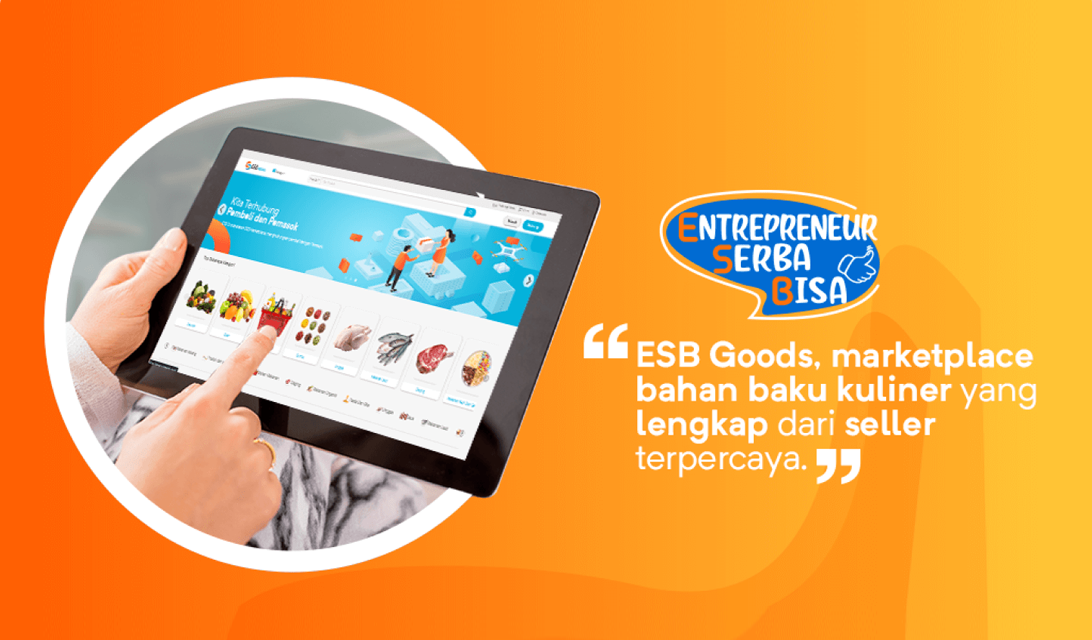 SHARE
SHARE
7 Transaction Tools in Stores That Make Business Smooth and Practical
Briantama Afiq Ashari
When talking about shopping, the cashier is probably what comes to mind, right? From the past until today, store transaction systems have kept evolving.
If you ask, “What are the transaction tools available in a store?” the answer is not as simple as just saying “cash.”
Many people think transactions are only about cash payments, but in reality, it’s much broader.
For example, think about shopping at a minimarket like Alfamart.
The transaction tools available there are the simplest illustration: from cash to fully cashless payments.
In the past, a cash register was only a money drawer. Now, transaction systems are far more modern. Let’s explore further in this article!
Why Are Transaction Tools So Important?
Source: istockphoto
Imagine running a store without a proper cashier system. Every customer pays, and you count everything manually. Transactions could easily become chaotic.
This shows that transaction tools in a store are the backbone of smooth business operations.
Take minimarkets as an example. Transaction tools at Alfamart are modern: digital cash registers, barcode scanners, and even app-based payments.
The result? Customers feel comfortable shopping—everything is fast and secure.
Without proper tools, your store could lose customer trust. That’s why so many small businesses are upgrading their cashier systems today.
Read Also: What is the importance of restaurant SOPs and what are examples of their implementation?
7 Essential Transaction Tools in Stores
In general, transaction tools are divided into two types: cash and non-cash. Cash: Still the mainstay in many regions, especially rural areas.
Non-cash: Debit cards, credit cards, QRIS, and e-wallets are increasingly popular in urban areas.
Both complement each other. Relying only on one risks losing customers.
1. Tablet or Touch Monitor
When queues are long, staff need to work fast but stay accurate. Tablets or touchscreen monitors serve as the main cashier interface for modern POS systems.
With a simple tap, prices go straight into the system—much faster than manual entry. For small businesses, tablets are affordable, simple, and cloud-connected.
2. Credit/Debit Card Terminal
Cashless lifestyles are increasingly popular, and many customers feel safer carrying cards than cash.
A card terminal is therefore essential. It connects directly to the cashier system, allowing quick and secure payments with a swipe or tap.
That’s why card terminals are standard in minimarkets like Alfamart.
3. Cash Drawer
Even in a digital era, cash is still widely used. That’s why cash drawers remain vital.
They neatly store physical money, with compartments for different denominations, making it easier for cashiers to give change and keeping money secure.
4. Mini Receipt Printer
Many customers still ask for proof of purchase. Mini printers handle this by printing receipts, which give peace of mind for returns or records.
Though e-receipts are growing, some still prefer physical receipts. Options range from portable mini printers to fixed countertop models.
5. Barcode Scanner
Checking out many items manually is slow and error-prone. Barcode scanners solve this problem.
With a single scan, product details appear instantly: the price is recorded, stock is updated, and sales reports refresh in real time.
This makes queues move faster and customers happier.
6. E-Wallet & QRIS Integration
Today, many customers prefer paying with digital wallets. Scanning a QR code is easier than pulling out cash.
With e-wallet integration, customers simply open their app, scan the code, and complete payment quickly.
Transactions are instantly recorded in the system, making stores more flexible and customer-friendly.
7. All-in-One POS System
For a more streamlined setup, an all-in-one POS combines a tablet, printer, scanner, and payment terminal in a single unit.
This simplifies operations and saves space. No need to buy multiple separate devices—everything is integrated for speed and convenience.
Real Example: Minimarket Practices
Source: istockphoto
Minimarkets like Alfamart demonstrate the power of modern transaction tools. They combine cash and digital payments, advanced cash registers, scanners, and even loyalty apps.
Why? Because transactions are the heart of retail. When systems fail, customers leave. But when everything runs smoothly, customers keep coming back.
That’s a valuable lesson for SMEs: adopting transaction systems from minimarkets can be a strong first step toward growth.
How to Choose the Right Transaction Tools
Have you ever imagined a messy transaction process in your store? It could turn off customers. There are 3 main keys:
1. Know your customers
Younger customers prefer non-cash. Older customers may still prefer cash.
2. Match your budget
Start with free QRIS, then gradually upgrade to smarter POS systems.
3. Follow trends
Big minimarkets always update their systems—you should too, to stay competitive.
Read Also: Upgrade Your Restaurant Starting Here: 10 Effective Operational Management Tricks
FAQ – Transaction Tools in Stores
1. What’s the difference between a traditional cashier and a modern POS?
Traditional cashiers only count money. POS systems also manage inventory, reports, and digital payments.
2. Do small stores need all of these tools?
Not all, but at least a cash drawer, receipt printer, and QRIS are a good start.
3. What are the benefits of a barcode scanner?
Faster transactions, fewer errors, and real-time stock updates.
4. Are All-in-One POS systems expensive?
Initially yes, but they save money long-term because everything is integrated.
5. Why are e-wallets important?
Because more people no longer carry cash. Without them, you risk losing customers.
Conclusion
Transaction tools are not just cashier devices—they are the foundation of retail business success.
They determine how fast, safe, and professional your store looks in customers’ eyes.
With the right system, you can cut queues, reduce errors, and boost customer loyalty.
If you want practical and integrated solutions, ESB POSLite is perfect for small businesses with simple needs, while ESB POS is ideal for larger businesses needing multi-branch control, real-time reporting, and online order integration.
Contact the ESB Team today to find the best POS system for your store. With ESB, transactions become smoother, customers happier, and your business grows stronger.
 SHARE
SHARE




